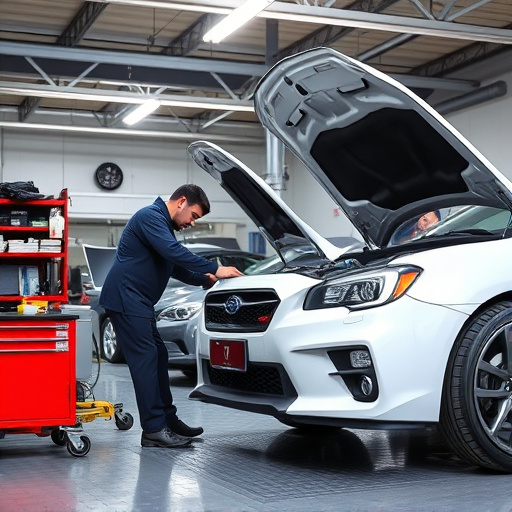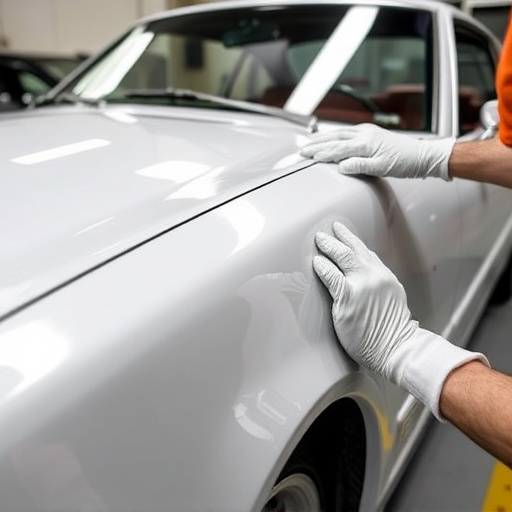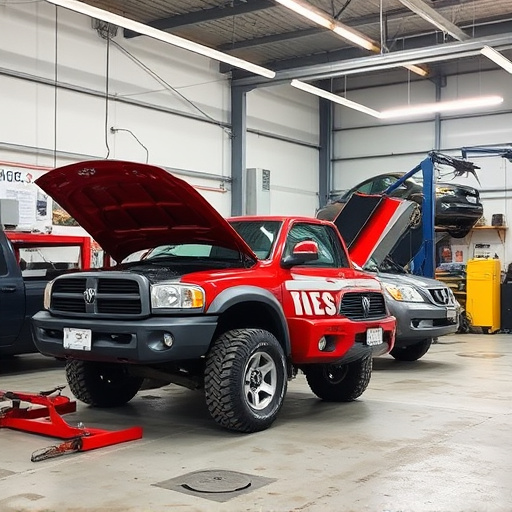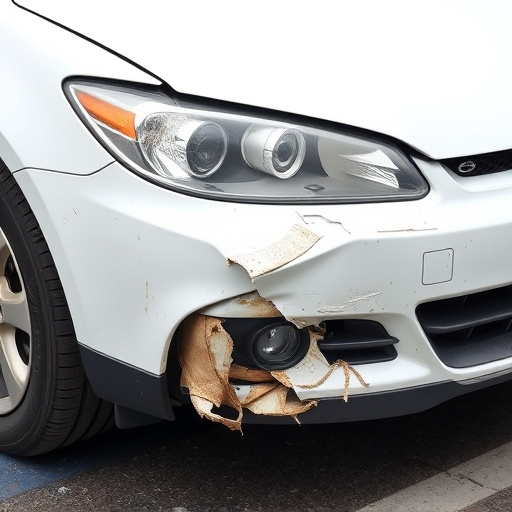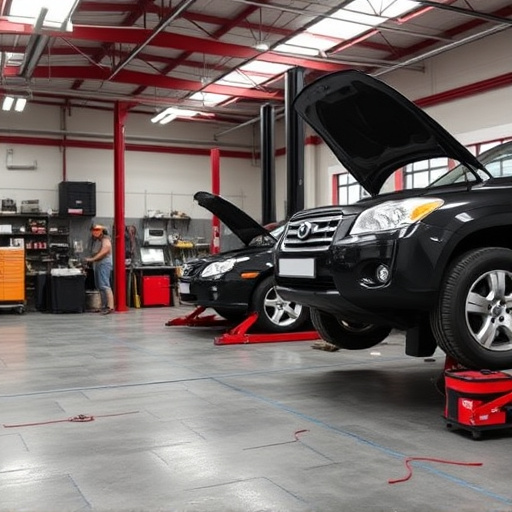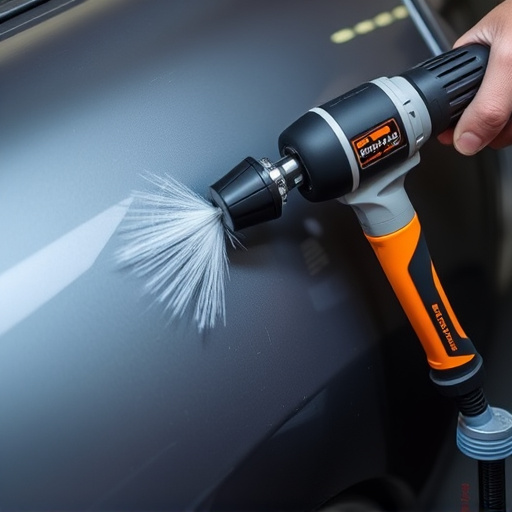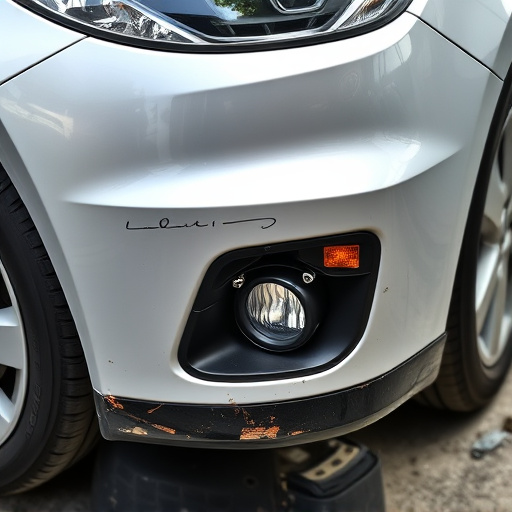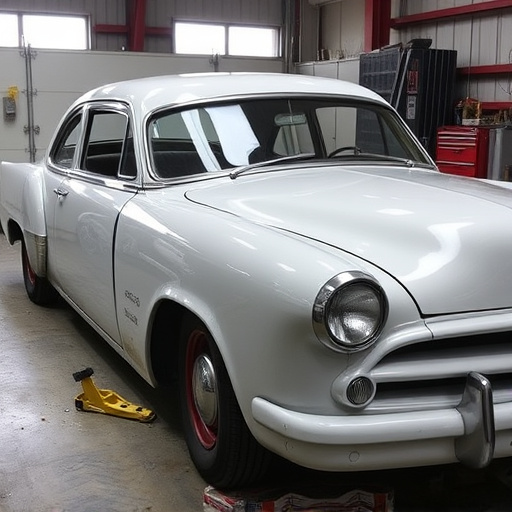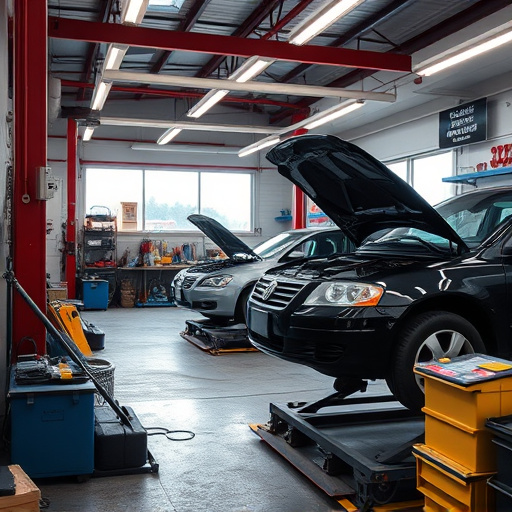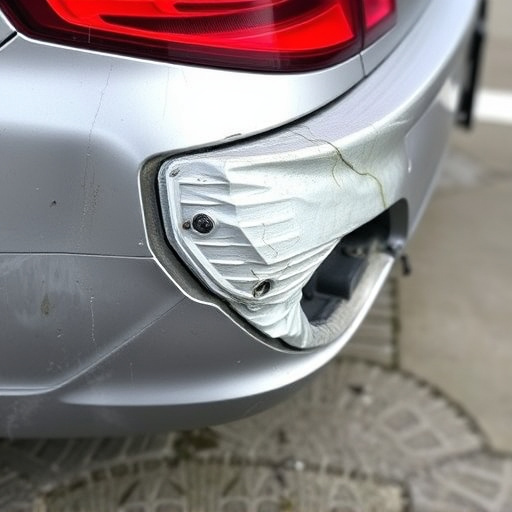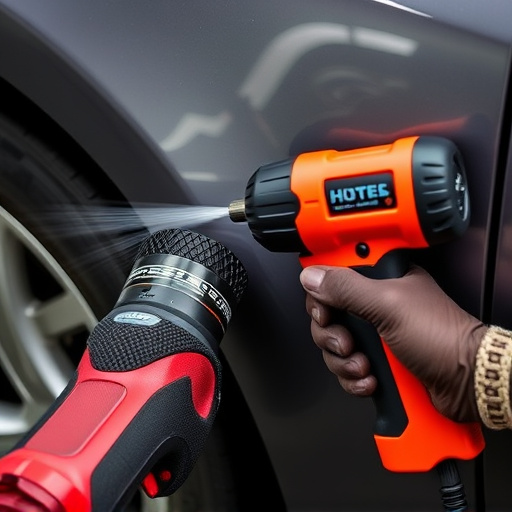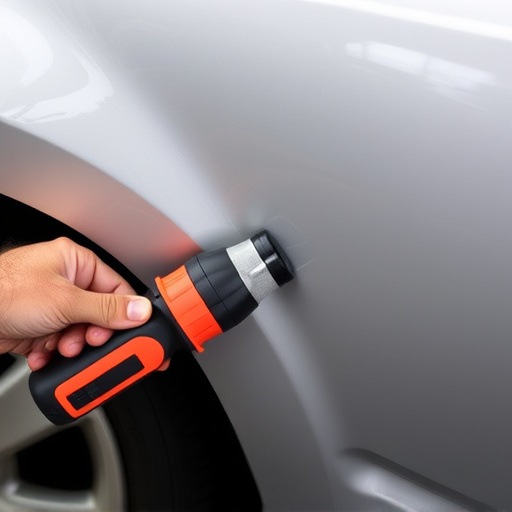Mercedes Lane Assist requires regular recalibration using Original Equipment Manufacturer (OEM) diagnostic tools after body repairs or sensor contamination to maintain optimal performance and safety. This process ensures accurate lane departure warning and correction, enhancing vehicle stability. Mechanics connect the tool to the OBD-II port, follow on-screen prompts for driving maneuvers, and test the system's effectiveness before considering any issues resolved with professional help.
Mercedes’ Lane Assist is an advanced driver assistance system that maintains vehicle position within its lane, preventing unintentional drifting. When this critical safety feature malfunctions, a precise Mercedes lane assist recalibration is necessary. This article explores the process using OEM diagnostic tools, offering a comprehensive guide for professionals and enthusiasts alike. Learn how these tools facilitate recalibration, ensuring optimal performance and safety for Mercedes drivers.
- Understanding Mercedes Lane Assist and Its Functionality
- The Role of OEM Diagnostic Tools in Recalibration
- Step-by-Step Guide to Conducting a Lane Assist Recalibration
Understanding Mercedes Lane Assist and Its Functionality

Mercedes Lane Assist is a sophisticated driver assistance system designed to enhance safety and comfort while driving. This technology uses sensors and cameras to monitor the car’s position on the road, helping it stay in its lane. The system can detect if the vehicle begins to drift out of its lane without indicating, and it provides visual and audio warnings to alert the driver. In case the driver doesn’t respond, Lane Assist can gently steer the car back into its lane, making it an invaluable aid for preventing accidents caused by lane departure.
Understanding when and why Mercedes Lane Assist recalibration is necessary is crucial. Over time, sensors might collect dust or debris, leading to inaccurate readings. Similarly, after certain auto body services or repairs, including vehicle paint repair or car scratch repair, the system’s calibration could be affected. Recalibration ensures that the Lane Assist system functions optimally, maintaining the safety standards for which Mercedes-Benz is renowned.
The Role of OEM Diagnostic Tools in Recalibration

OEM diagnostic tools play a pivotal role in the intricate process of Mercedes lane assist recalibration. These specialized tools are designed to interface directly with a vehicle’s onboard computer systems, providing access to real-time data and enabling precise adjustments. During recalibration, mechanics leverage OEM tools to identify any discrepancies or anomalies in the lane departure warning (LDW) system—a critical component of driver assistance technologies.
The benefits extend beyond mere accuracy; these diagnostic instruments facilitate efficient car restoration by streamlining the troubleshooting process. For instance, when dealing with issues in automotive body work related to LDW sensors or their calibration, OEM tools can swiftly pinpoint problem areas, enabling targeted repairs and ensuring that any autobody repairs are correctly aligned with the vehicle’s advanced safety systems. This meticulous approach is paramount in maintaining the safety and reliability of Mercedes vehicles post-recalibration.
Step-by-Step Guide to Conducting a Lane Assist Recalibration

Conduiting a Mercedes lane assist recalibration requires careful adherence to specific steps using Original Equipment Manufacturer (OEM) diagnostic tools. Begin by ensuring your vehicle is safely secured and all necessary components are powered off. Next, connect the OEM diagnostic tool to the OBD-II port, which is typically located under the steering wheel. Initiate the calibration process through the tool’s interface, following the on-screen prompts.
The system will guide you through a series of maneuvers, such as driving at a steady speed and staying within your lane. During this process, the tool adjusts and realigns the vehicle’s sensors to ensure precise lane departure detection. Once complete, test the recalibrated system by attempting to steer outside the lane while the lane assist functionality is active. If successful, the system should correct the steering accordingly, demonstrating enhanced stability and safety. For any issues or concerns, consult a qualified auto repair near me specializing in Mercedes vehicles to address problems like dent removal or vehicle paint repair if needed.
Mercedes Lane Assist recalibration using OEM diagnostic tools is a precise and effective method to ensure optimal system performance. By following a structured guide, car owners can successfully adjust their vehicle’s sensor calibration, enhancing safety and driving experience. This DIY approach empowers individuals to take control of their Mercedes’ advanced driver-assistance systems (ADAS), fostering a deeper understanding of their vehicle’s capabilities.
